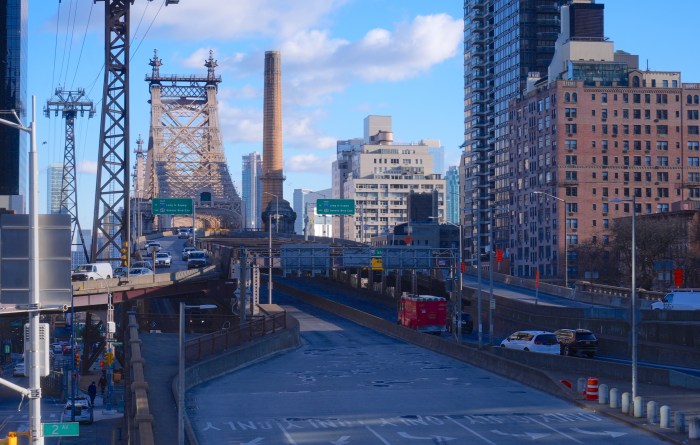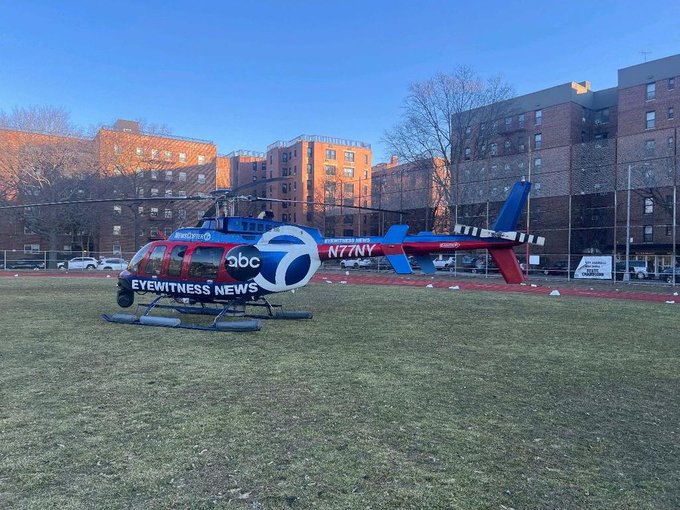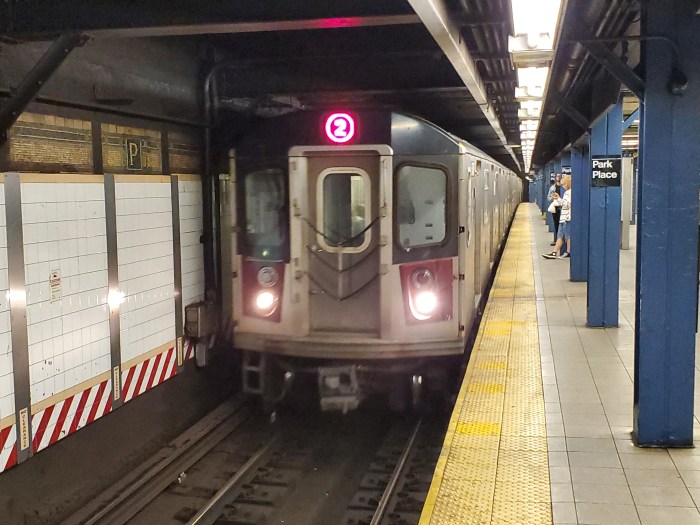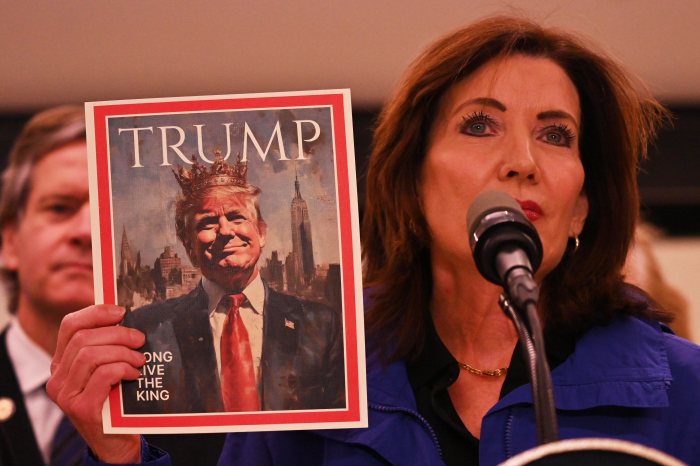
Alternative bus service will have a clear path through traffic during the L train shutdown, transportation officials promised Monday.
Through aggressive traffic enforcement of bus lanes, the planned 14th Street busway and HOV restrictions on the Williamsburg Bridge, the MTA and city Department of Transportation will be able to run shuttles between Manhattan and Brooklyn at a clip of 80 buses per hour — a “relentless” pace needed to move thousands of displaced L train riders next year, according to NYC Transit president Andy Byford.
Byford joined DOT Commissioner Polly Trottenberg and elected officials earlier Monday for a morning bus ride to outline the near-finalized plans for the 15-month shutdown beginning in April.
“At one point along the route we went along a [bus lane] that was unimpeded and we sailed past — we absolutely sailed past a lineup of traffic in Brooklyn,” Byford said during the following news conference. “Where bus lanes are properly policed and where people don’t selfishly park in them, the bus can do its job.”
Byford described that moment during the trip as one that “brought joy to my heart.”
He promised to send MTA supervisors and hundreds of staff out during the shutdown to “take very early action the second you start to see a route degrade, the second you start to see the buses beginning to bunch up because maybe someone is parked — immediate intervention, that’s what will make this thing work.”
The NYPD, which has historically done a poor job of enforcing bus lanes, will be pivotal in the process as well. Trottenberg said details with police are still being hashed out.
“We will have on 14th Street camera enforcement and PD will be out in full force,” she said. “We’re working through what their extra personnel will be, but they will have a full plan that I think we’ve been talking to the MTA about and it will be aggressive.”
About 225,000 riders use the L line to cross under the East River every day. Most of those riders, about 70 percent, are expected to transfer to other subway lines, but about 20 percent are anticipated to use four new Select Bus Service routes in addition to a new M14 SBS route, which will operate along a dedicated busway on 14th Street between 5 a.m. and 10 p.m.
As the shutdown nears, reports have circulated that private, luxury minibuses will offer their own services. Both Trottenberg and Byford discouraged the use of the services, reasoning that it could impede the flow of traffic and MTA operations. Trottenberg said she couldn’t go as far as to ban the option.
“The city does have a fairly complex set of both TLC and city concession rules so I don’t know, legally, that I could just wave my wand and ban something that has been licensed,” Trottenberg said.
Both she and Byford hope that the buses will be quick enough and cheap enough — priced at a $2.75 MetroCard swipe — to make the option more attractive to most riders. While the private minibuses could have access to the HOV lanes in Williamsburg, they won’t be able to access the 14th Street busway or other dedicated bus lanes, Trottenberg noted.
The news conference came ahead of an evening public meeting, where community members can comment on the environmental assessment of the plans. Many Manhattan residents have expressed concern about the added buses and potential traffic nightmares around 14th Street.
“We’ve tried to thread the needle and, as a result, I think mostly everyone is mad at us,” Trottenberg said.
Byford was confident in the environmental assessment, which is required by the Federal Transit Administration.
“I think we’re in a good place; that the feds understand, the FTA understand, the extent to which we really have tried to think through every possible angle of this project,” Byford said, “not just from a customer perspective, but from the impact on the city and, critically, the impact on the environment.”
Though it was clear among the elected officials at the ride along, others at the public meeting Monday evening had unanswered questions.
At the hearing, members of the public were afforded three minutes to deliver remarks to MTA and DOT staff. Several speakers doubted that two of the new shuttle routes would be able to effectively navigate the streets of the Lower East Side — or that much of the dedicated bus infrastructure would work among the construction and bustle of Manhattan.
“Even in the best of times, [the MTA, DOT and NYPD] have never been terribly good at communication with one another,” said 14th Street resident Adam Garth. “You can line up buses from one end of 14th Street to the other with marshals but if there’s not communication between [them] you’ll have nothing but confusion.”
Assemblyman Harvey Epstein, who represents Manhattan’s East Side and who also spoke at the hearing, said that the agencies have still not delivered small but important details on how the services would operate and deal with the everyday challenges and surprises that arise on city streets.
He also expressed the need for a “better understanding of what the air quality impacts are going to be” with all the added buses during the shutdown.
“As a practical sense — 60 buses an hour going across 14th Street, 60 buses an hour going up First Avenue — this is going to have to work like clockwork and we know this is still New York,” said Epstein. “We don’t really know enough about … how people are going to get off the ferries, the buses, we need real-life experiences not just this modeling and rolling it out a couple weeks before hand and saying, ‘Oh, we’ll figure it out on the ground.’”




































